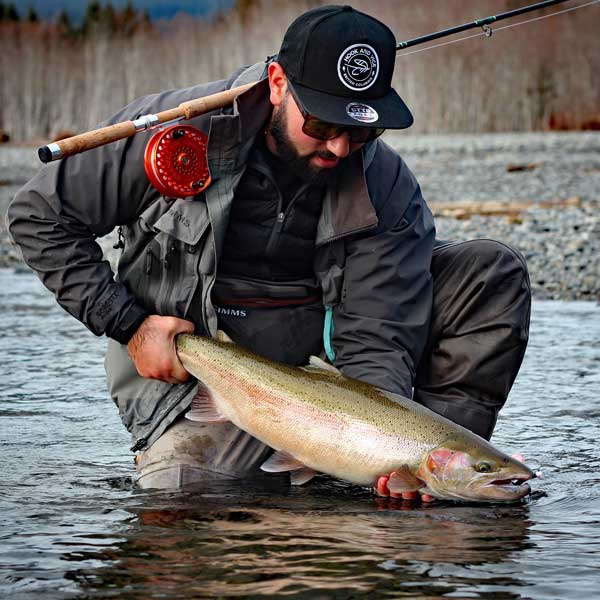Stay Cool & Be Fly!
Stay Cool & Be Fly! – By Marc Faktor.
As I look out at a smoke-filled city, I am bluntly reminded of the many heat waves that hit the PNW this summer. Things have heated up so much over the past couple of months that BC has had to declare a state of emergency due to the proliferation of wildfires across the province.
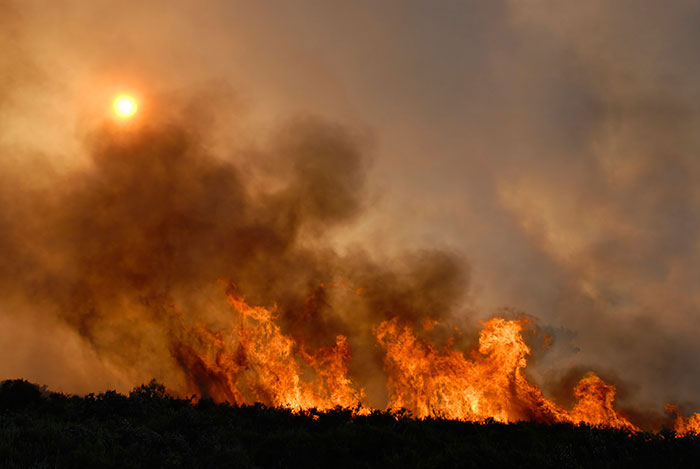
The numbers are of concern, with 1972 wildfires scorching approximately 786,230 hectares of land across our beautiful province since April 1 2018 (BC Wildfire Service).
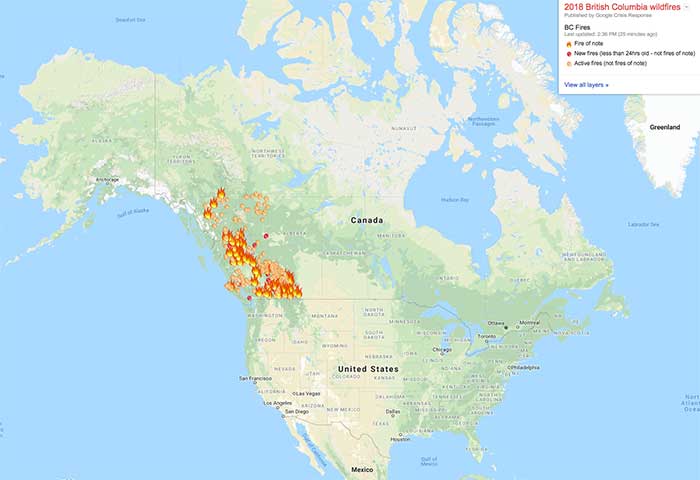
I want to give a big shout out and thanks to the thousands of firefighters and affiliates that came together from across our nation to help control and limit the devastating impact these fires are having on our ecosystem and adventure grounds.
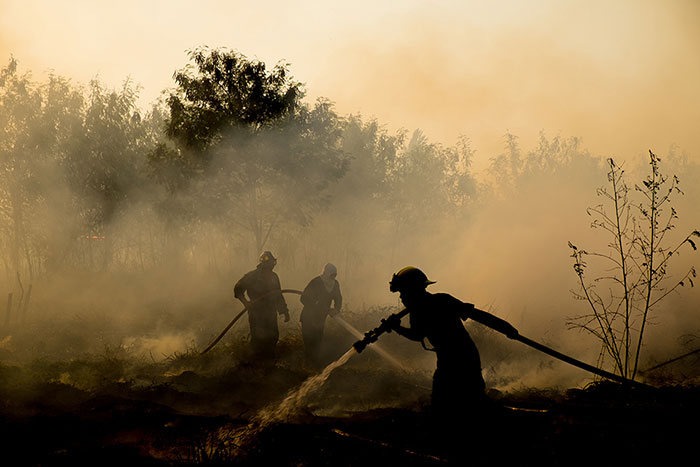
Stay Cool
It’s also important to note that close to half of all wildfires in B.C. are caused by human carelessness. This means the onus is upon us adventurers to make a difference by adhering to a few simple rules:
- Pay careful attention to prohibitions: check for bans and restrictions before lighting up
- Be Responsible!
- Keep your fires at a manageable size (BC regs state ≤ 0.5m x 0.5m)
- Have a shovel or plenty water nearby to extinguish your fire
- Keep a solid debri free area around your fire (i.e. firebreak)
- Before leaving a fire, ensure your campfire is completely out and the ashes cool to touch
- Don’t be a hero… If a park is closed or there is a new fire nearby stay out!
- Phone it in: call 1-800-663-5555 or *5555 on your cell if you spot smoke, flames or an unattended campfire
For more information on outdoor fire safety, please check out this video from the BC Wildfire service.
Ok so what about those fish we are constantly dreaming of?
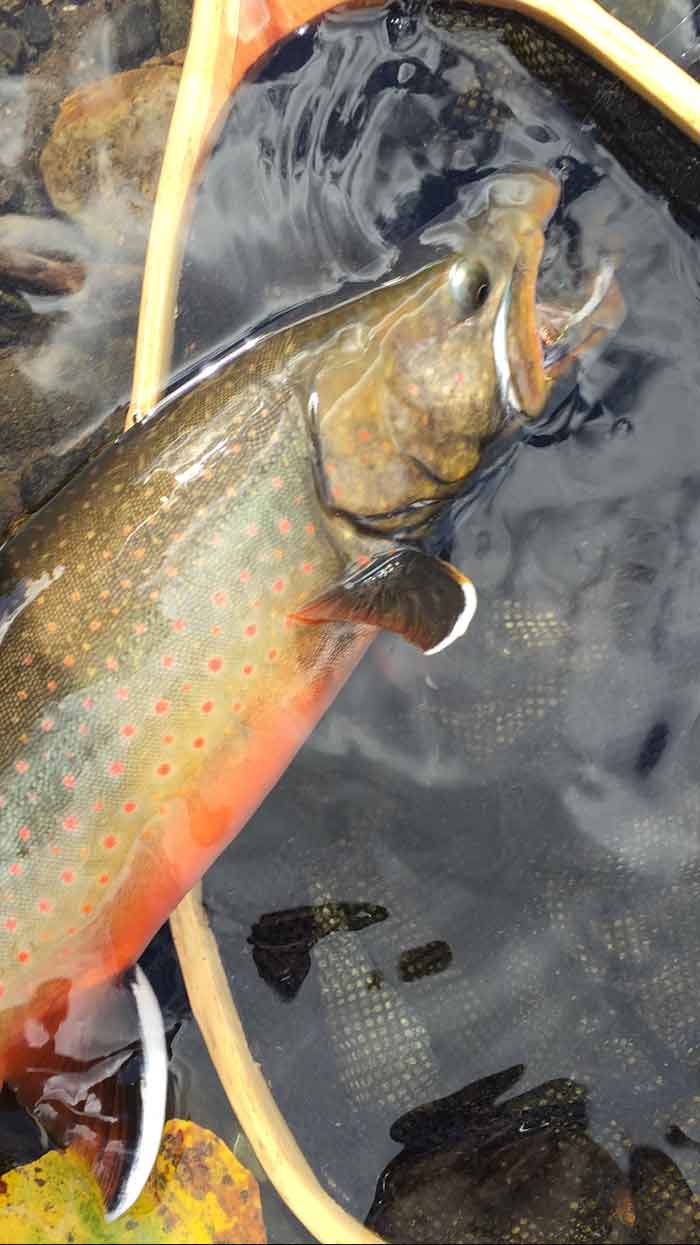
Male bull trout on the skagit river ( closed in August due to forest fires nearby).
Summer heat waves can drastically impact our water systems and the beautiful rae-finned residents within them. In fact, as many fly fisherman have experienced, temperature is one of the most important environmental influences on salmonid biology. Many seasoned fisherman make it a habit to document the outdoor and ambient water temperature prior to and during a day of fishing. If you keep a catch log and don’t document these temperatures, it’s something that’s easy and worthwhile to do. The patterns that tend to form don’t only help us catch more fish they also help us protect the fish from lethality in times of need. Here is a quick videothat highlights how a thermometer can be an essential tool when fishing.
If you didn’t know, most aquatic life forms, including the salmon and steelhead we all dream about, are poikilotherms! This means that their temperature as well as metabolism is determined by the ambient temperature of the water, in short… they are cold blooded. Therefore temperature fluctuations can directly impact salmonid metabolism, growth and feeding rates, migration patterns, spawning, and also the availability of food and nutrients. Furthermore, temperature changes (generally elevations) can also cause significant stress and lethality to salmonids.
As water temperatures increase, the availability of dissolved oxygen decreases, and fish begin to experience stress. It’s important to note, that stress is experienced well before lethal levels are recorded and temperatures at sublethal levels can still wreck havoc on our salmonids by blocking migration, impairing normal growth and feeding, affecting reproduction, preventing smoltification, enhancing disease rates, and even altering competitive dominance traits. Finally, the stressful impacts of water temperatures on salmonids are additive and directly related to the duration and intensity of exposure. Therefore, the longer a salmonid is exposed to thermal stress, the lower its chances for long term survival (Ligon et al. 1999).
So in summary, water temperatures fluctuate and they impact a variety of critical functions of our fish. They impact their location, their metabolism, and even their ability to survive. So when gearing up to swing some flies in the heat of the summer, measuring the temperature of the water doesn’t only prepare us for what fly to put on… it allows us to ask the question as to whether or not we even tie one on in the first place. Stay tuned for a next blog on salmonid fly patterns and temperature fluctuations.
The exact temperature ranges that permit safe fishing and illicit minimal harm to fish have been up to debate for years now and unfortunately there is not one set of guidelines that make up the golden standard. For example, brook, brown, and rainbow trout may exhibit stress at 19-20℃ with rapidly elevating stress levels at slightly higher temperatures, while other salmonids may have broader stress ranges. As you can see, the table below highlights the effect of temperature on lethality in salmonids, and Steelhead begin to die at temperatures of 21℃ (without fishing pressure) while the Chinook and Coho are able to deal with slightly higher temperatures prior to being lethal (Carter, K. 2005).
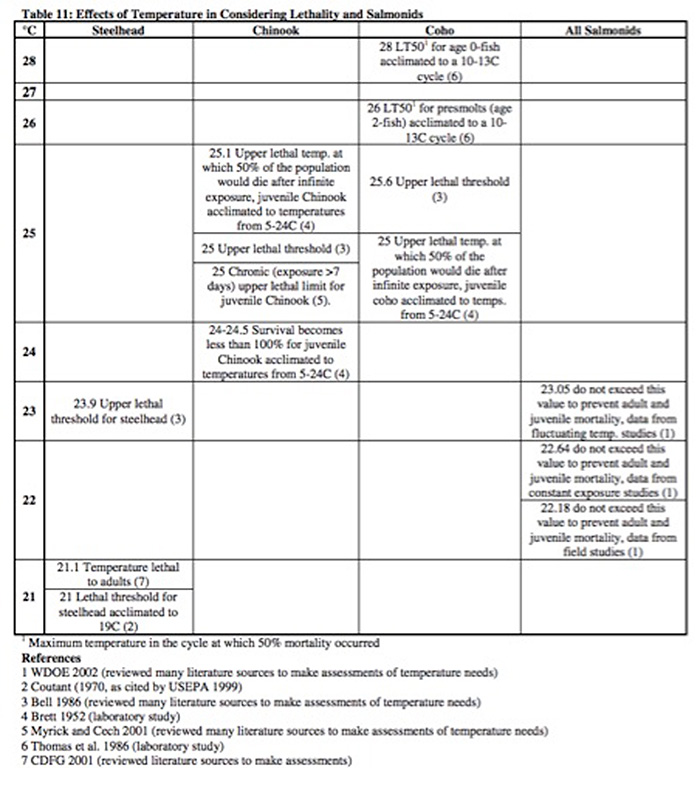
Regardless of this variation, many anglers agree that when the water temperature is above 20 ℃ it is best to consider it a no fish zone. Even if one handles fish with the utmost care and practices safe catch and release techniques, in stressful conditions, it’s typical for salmonids to die in the 24 hours post successful release.
I want to encourage all anglers to remember that the stress on fish starts way before the lethal zone and in temperatures even a few degrees less than lethal limits one should stay cool and question if a tight line is really worth it that day.
Be Fly
To beat the heat and look fly at the same time… be sure to check out the epic lineup of Hook & Vice summer gear. My personal favorites are the :
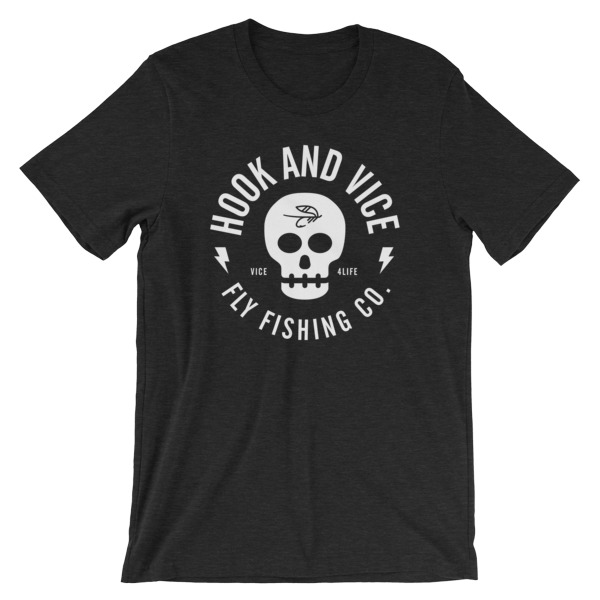
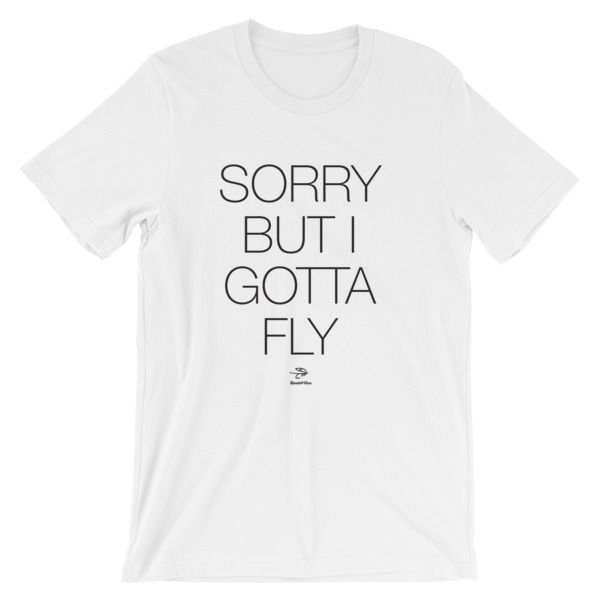
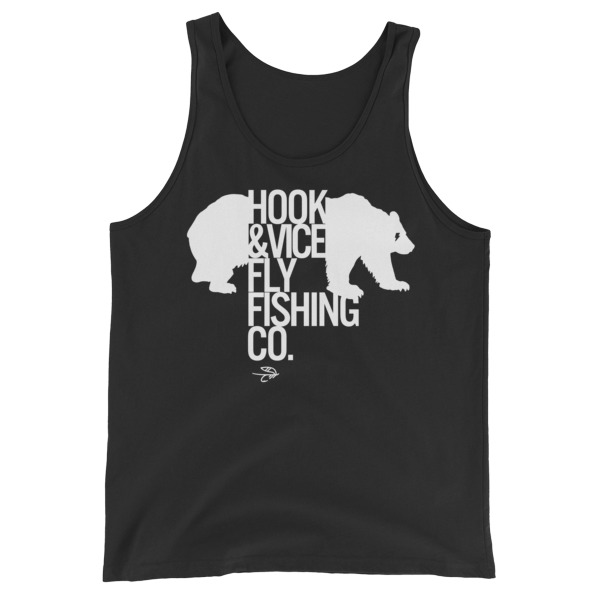
Living the Dream (Pro Model) Hat
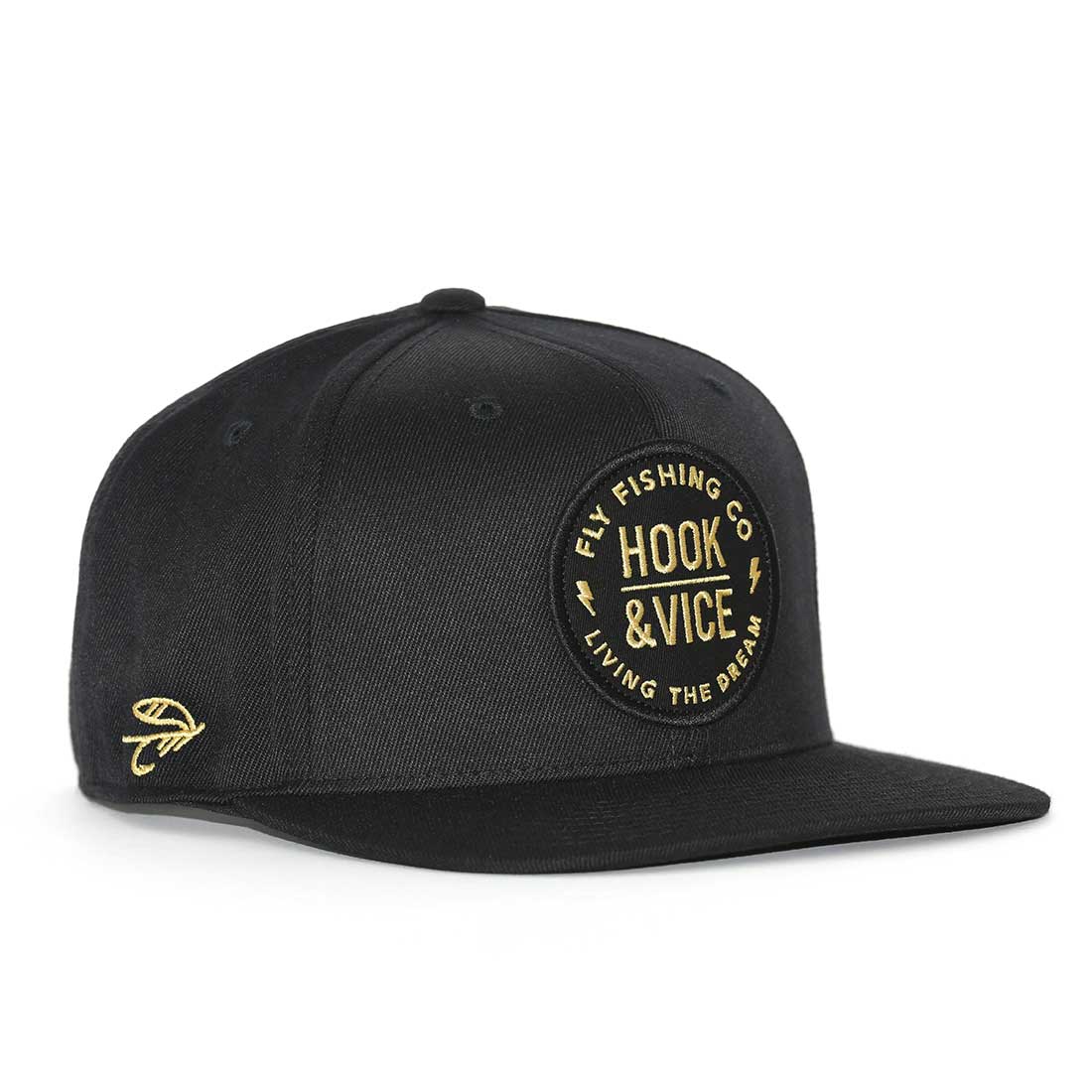
References & Resources:
Campfire Safety – BC Wildfire Service (Video)
Fishing with Rod: Thermometer | My Fishing Essentials (Video)
Marc Faktor
Growing up on South Africa’s coastline with a fishing addicted father meant I was basically born with a fishing rod in my hand. From chasing tiger fish in the freshwater to shark hunting in the deep blue, my childhood solidified my passion for the search of a tight line. Marc’s favorite Hook And Vice Cap is the Trucker Hook – Pro Model.
